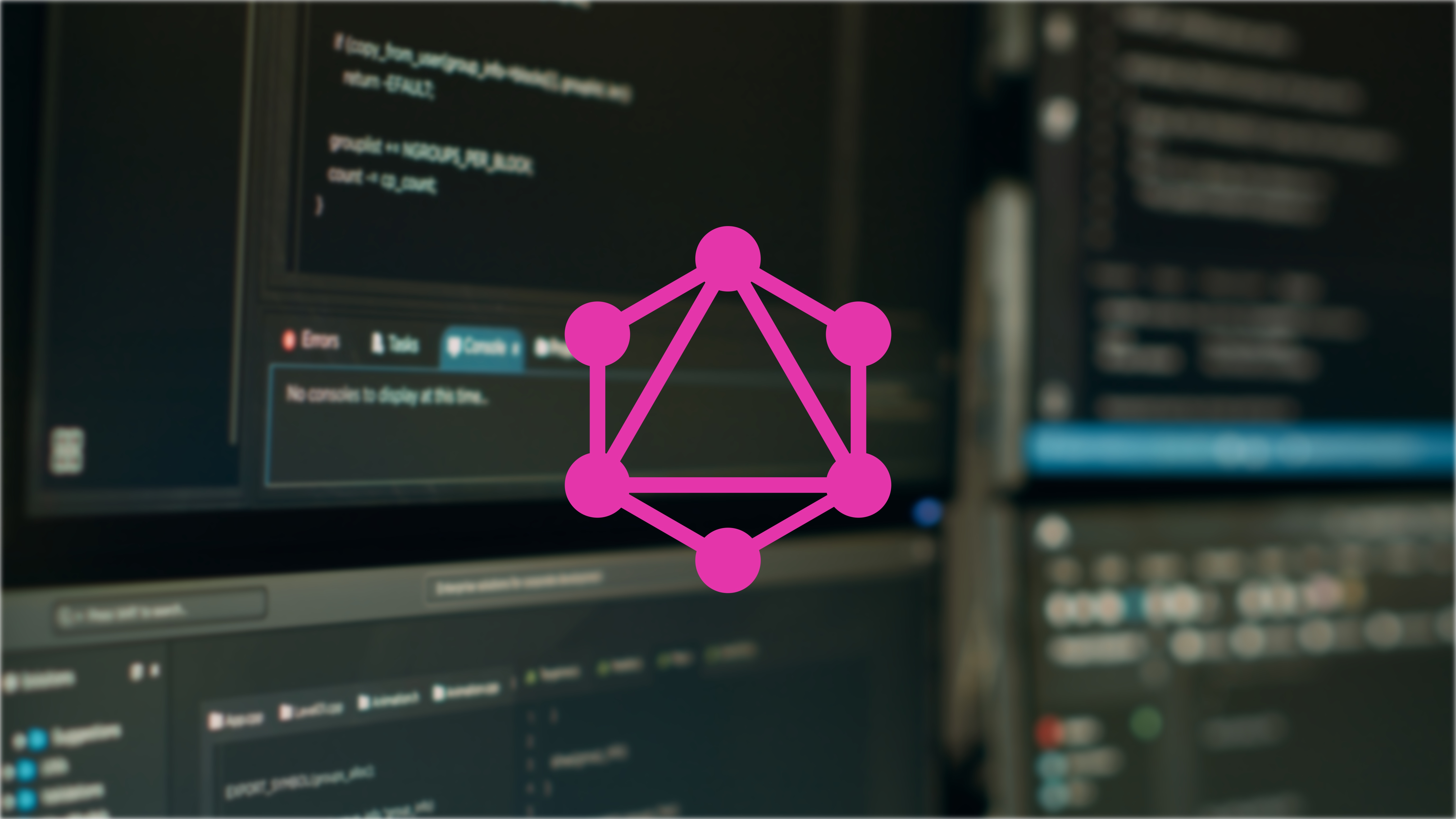In the swiftly evolving landscape of digital technology, the choice of tools and technologies is crucial for staying ahead. One such groundbreaking tool is GraphQL, an innovative query language and runtime that has revolutionized data fetching and manipulation in APIs. Developed to address the limitations of conventional API approaches, GraphQL is now a cornerstone in modern web and application development. In this article, we'll explore the origins, advantages, and practical applications of GraphQL.
What is GraphQL and Its Origins
GraphQL, created by Facebook in 2012, was designed to overcome the inefficiencies of traditional APIs. It's a query language for your API and a server-side runtime for executing queries by using a type system you define for your data. Unlike REST APIs that return fixed data structures, GraphQL allows clients to specify exactly what data they need, making it possible to get all required data in a single request. This innovation was crucial for Facebook, which needed a more dynamic and efficient method to fetch data for its increasingly complex suite of applications.
GraphQL vs. Traditional Approaches
In traditional API approaches like REST, the server defines the shape and size of the response, often leading to either too much or too little data being returned. This can result in multiple round trips to the server to fetch all the necessary data, or receiving a large payload with unneeded data. In contrast, GraphQL shifts the control to the client side: the client specifies the structure of the response, ensuring that only the required data is returned. This approach significantly reduces network overhead and enhances application performance.
The Benefits of GraphQL
GraphQL offers a multitude of benefits for modern application development:
Precise Data Retrieval: Clients can specify exactly what they need, avoiding over-fetching or under-fetching.
Efficient Server Performance: Reduces the number of server requests, enhancing performance.
Combining Multiple Queries: Aggregates several queries into a single request, saving bandwidth and improving response times.
Real-Time Data with Subscriptions: Supports real-time updates, crucial for dynamic applications.
Strong Type System: Offers a well-defined schema for better error handling and robustness.
Improved Developer Experience: Tools like GraphQL Playground improve efficiency and reduce errors.
Reduced Bandwidth Usage: Ideal for areas with limited bandwidth or mobile devices.
Faster Product Development: Enables quicker development cycles, with less dependency on backend changes.
API Evolution without Versioning: Facilitates continuous API improvement without version management.
Ecosystem and Community Support: A growing ecosystem offering numerous resources and tools.
Backend Agnosticism: Can integrate with different databases or microservices.
Challenges and Limitations of GraphQL
While GraphQL offers numerous benefits, it also comes with challenges:
Complexity in Large-Scale Implementation: Setting up GraphQL can be complex in large-scale applications due to the need to define types and relations.
Performance Considerations: Large queries in GraphQL can potentially impact performance. Efficient schema design and query optimization are essential.
Security Considerations: Proper security measures must be implemented to prevent issues like introspection attacks (exposing the database schema) or query depth attacks (DoS attacks).
Of course, many of these challenges may be irrelevant to you personally if you use GraphQL as an integral part of a ready-made software solution.
GraphQL vs. REST API
REST APIs work on the principle of having multiple endpoints, each returning a fixed data structure. GraphQL, in contrast, uses a single endpoint and returns data based on the query structure defined by the client. This flexibility allows for more efficient data retrieval and manipulation. Moreover, GraphQL's strong type system facilitates better error handling and validation compared to traditional REST APIs.
Developer Advantages with GraphQL
Developers benefit significantly from GraphQL's capabilities. The strong type system, introspection, and query validation improve development speed and reduce errors. Tooling, such as GraphQL Playground, an in-browser IDE, allows developers to test and visualize their queries, making the development process more intuitive. Additionally, GraphQL's ability to fetch data from multiple sources with a single API call simplifies the codebase, making it more maintainable.
Are All GraphQL Implementations the Same?
While GraphQL maintains a consistent set of features and principles, its implementation can differ based on language, framework, and specific requirements of the application. For instance, a GraphQL server in Node.js might differ from one in Python in terms of performance optimizations and middleware integration. These variations mean that GraphQL can be tailored to fit the unique needs of each project.
Bright IT very actively uses GraphQL in projects powered by partner solutions from the likes of Contentful, Storyblok or Optimizely. Each vendor has their own implementation of GraphQL - with varying feature sets and sometimes surprising limitations. As mentioned already, GraphQL allows you to query for nested data (traversing the graph of entities). For every query however, the cost of calculating the response is assigned when it is passed to the server. Depending on the details of the cost prediction algorithm and the limits set, similar-looking queries are executed fine for one vendor and fail for another (due to exceeded query complexity). Another possible limitation is a GraphQL query size in bytes. For example, for Contentful this limit is 8kb. It is therefore crucial to gain experience working with a particular GraphQL API implementation to understand how well it fits a specific project.
Benefits for Businesses and Marketers
Businesses and marketers gain significantly from the adoption of GraphQL. It enables faster development cycles, allowing for quicker responses to market changes. This is mainly due to a shift in where data is selected for usage. With GraphQL it is directly on the frontend – whereas whenever it is on the backend, it requires changes and backend deployment whenever your data queries change. Integration with CMS platforms like Contentful, Storyblok or Optimizely is streamlined, facilitating more effective content management. For marketers, the ability to rapidly iterate and deploy changes means more dynamic and responsive marketing strategies.
A Backend For Your Frontend
GraphQL can however also play an important role not just on your frontend but also on your backend - whenever you need to combine data coming from a multitude of (non-public) backend services (both internal or external), and you want to create your own API to expose them efficiently. Tools like Apollo GraphQL can help create your own GraphQL backend with all the benefits of GraphQL in a relatively simple and standardized way.
We can also recommend checking out solutions like Grafbase or Hasura as an even easier way to federate content from multiple data sources into one GraphQL API. Instead of costly data fetching from two independent GraphQL graphs (e.g. your headless content or commerce platform) on the frontend, you can instead orchestrate and combine them on the serverside and later use only a single GraphQL endpoint in your frontend.
Recently, Contentful also introduced early access to Delivery Functions which allow you to use Contentful GraphQL as a federated content graph - extended with data from external systems.
Future Outlook and Trends in GraphQL
Looking ahead, GraphQL is poised to continue its growth and evolution. The increasing demand for more efficient and flexible data retrieval in applications will likely drive further innovation in GraphQL technologies. We can anticipate enhancements in areas like automatic query optimization, improved security features, and even tighter integration with emerging technologies like serverless architectures and AI-driven data analysis.
Real-world Applications
Many leading companies have successfully implemented GraphQL, reaping its benefits. For instance, GitHub has adopted GraphQL for its API v4, citing improved flexibility and more efficient data access as key advantages. Similarly, major CMS and eCommerce platforms have integrated GraphQL to provide faster, more responsive user experiences, demonstrating its effectiveness (not only) in high-traffic environments. At Bright IT, we make use of GraphQL on a daily basis in many of our ongoing projects as part of the underlying partner solutions.
Conclusion
GraphQL represents a significant leap forward in API design and implementation. Its flexibility, efficiency and developer-friendly nature make it an indispensable tool in modern application development. Understanding and utilizing GraphQL is key for us to stay competitive in a rapidly advancing digital landscape. Its evolving ecosystem, strong community support, and continuous innovation make GraphQL a technology that will shape the future of digital applications.
Ready to elevate your digital customer experiences with GraphQL? Bright IT is your partner in this journey. Contact us today to explore how our partner solutions powered by GraphQL can transform your digital strategy and propel your business forward. With our and your vision, let's create outstanding digital experiences together.





